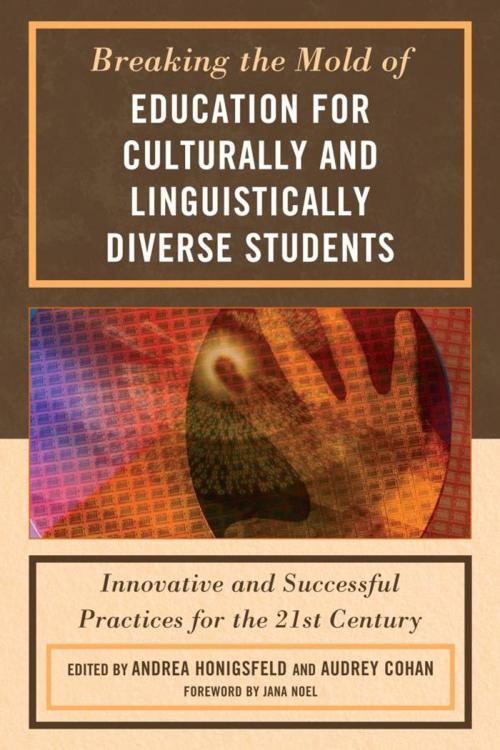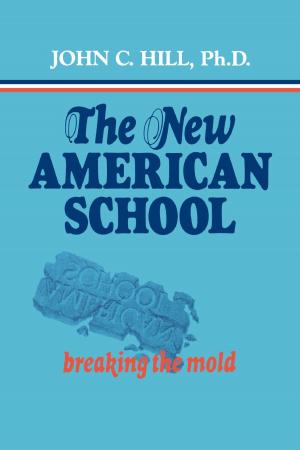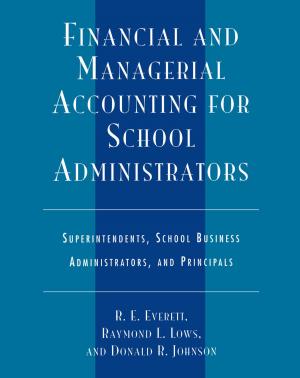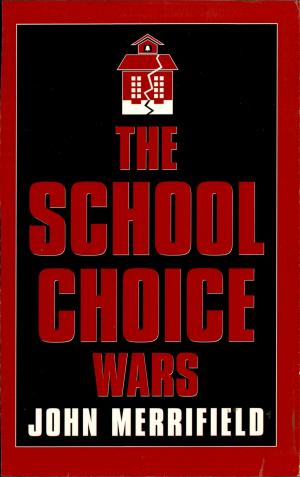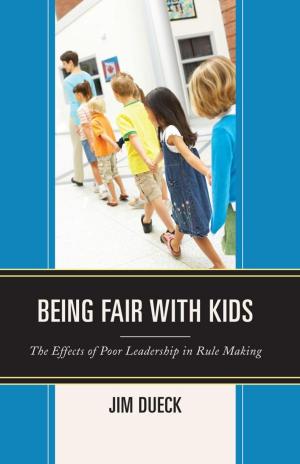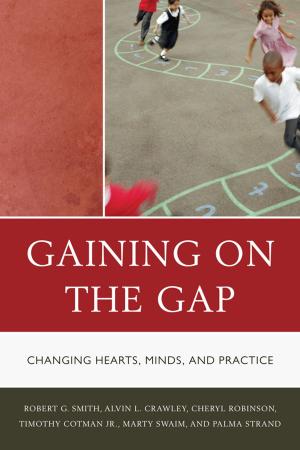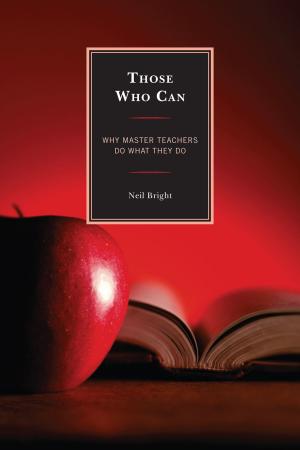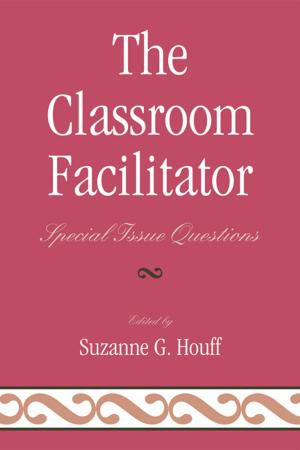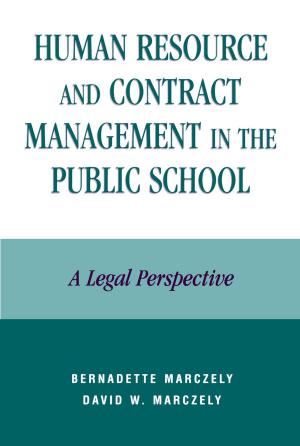Breaking the Mold of Education for Culturally and Linguistically Diverse Students
Nonfiction, Reference & Language, Education & Teaching, Educational Theory, Multicultural Education, Educational Reform| Author: | ISBN: | 9781607098331 | |
| Publisher: | R&L Education | Publication: | May 3, 2012 |
| Imprint: | R&L Education | Language: | English |
| Author: | |
| ISBN: | 9781607098331 |
| Publisher: | R&L Education |
| Publication: | May 3, 2012 |
| Imprint: | R&L Education |
| Language: | English |
As editors of Breaking the Mold of School Instruction and Organization: Innovative and Successful Practices for the 21st Century (2010) and Breaking the Mold of Preservice and Inservice Teacher Education: Innovative and Successful Practices for the 21st Century (2011), we have explored innovative practices, many of which represent issues of diversity from multiple perspectives and schools of thought. As we have considered relevant factors, problems, and circumstances that influence effective education, we most readily recognize that within the twenty-first century, issues of diversity have become even more profound.
This book, the third in the Breaking the Mold series, was conceptualized with the hope that by sharing compelling stories of successful innovation, advocacy, and social justice, more children and their families will be affected in positive ways. The narratives presented in this volume are rooted in classrooms, districts, communities, teacher preparation programs from around the United States and many corners of the world. The unique initiatives portrayed here represent collaborative efforts by students, teachers, administrators, professors, parents, boards of education, and global citizens who believe in change and transformation for the betterment of education.
As editors of Breaking the Mold of School Instruction and Organization: Innovative and Successful Practices for the 21st Century (2010) and Breaking the Mold of Preservice and Inservice Teacher Education: Innovative and Successful Practices for the 21st Century (2011), we have explored innovative practices, many of which represent issues of diversity from multiple perspectives and schools of thought. As we have considered relevant factors, problems, and circumstances that influence effective education, we most readily recognize that within the twenty-first century, issues of diversity have become even more profound.
This book, the third in the Breaking the Mold series, was conceptualized with the hope that by sharing compelling stories of successful innovation, advocacy, and social justice, more children and their families will be affected in positive ways. The narratives presented in this volume are rooted in classrooms, districts, communities, teacher preparation programs from around the United States and many corners of the world. The unique initiatives portrayed here represent collaborative efforts by students, teachers, administrators, professors, parents, boards of education, and global citizens who believe in change and transformation for the betterment of education.
